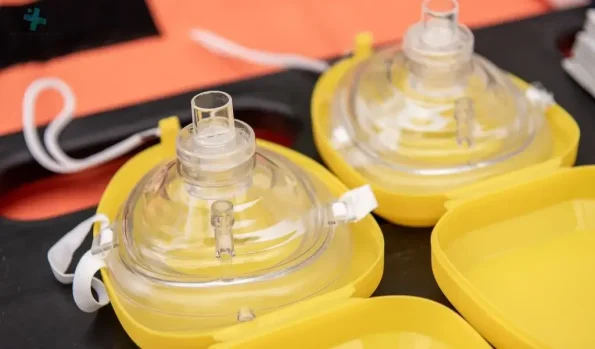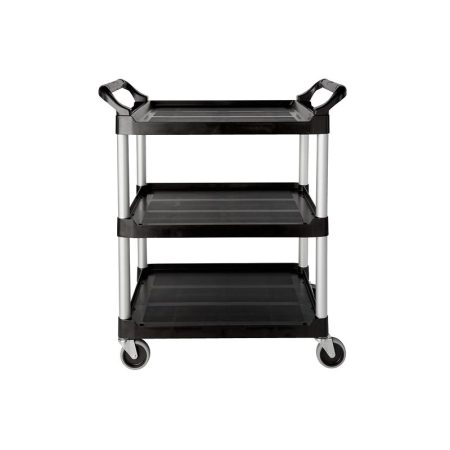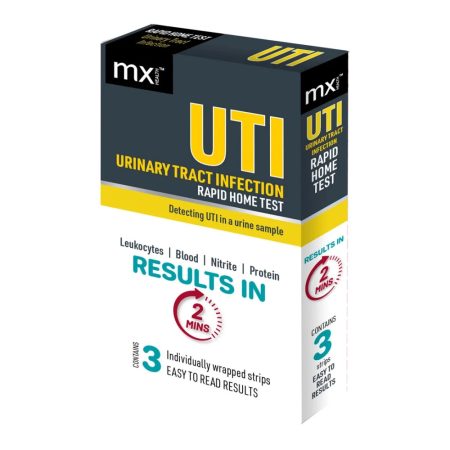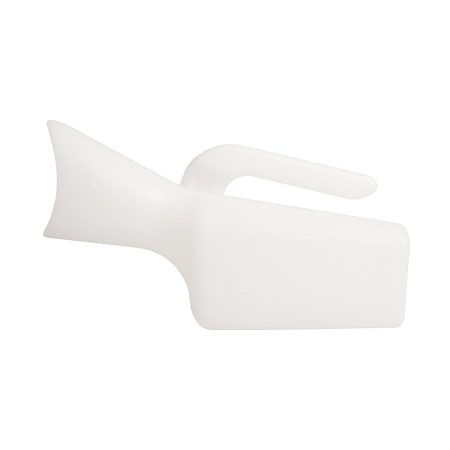Maintaining CPR Mask Hygiene: Disinfection and Sterilization Steps for Pocket Resuscitators

What are the recommended steps for proper disinfection and sterilization of a CPR Mask Pocket Resuscitator after each use to maintain hygiene and safety standards?
Understanding CPR Masks and Pocket Resuscitators
CPR masks and pocket resuscitators are indispensable tools in delivering rescue breaths during cardiopulmonary resuscitation. Their design and functionality are crucial in preventing direct contact with the patient’s bodily fluids, thereby reducing the risk of disease transmission.
Types of CPR Masks
- Disposable vs. Reusable:
- Disposable Masks are for one-time use, ensuring that each patient receives a clean device. These are ideal for low-resource settings or situations where immediate sterilization isn’t feasible.
- Reusable Masks are made from robust materials capable of enduring multiple cleaning and sterilization cycles, making them a cost-effective and environmentally friendly option for frequent users.
- Full Face vs. Pocket Resuscitators:
- Full Face Masks cover both the nose and mouth, providing a comprehensive barrier between the rescuer and patient. They are typically used in clinical settings.
- Pocket Resuscitators are compact and designed for portability, focusing on covering the mouth or nose and including a one-way valve to prevent the backflow of air and fluids.
Components of a CPR Mask
- Mask Body: Serves as the interface between the rescuer and the patient, designed to fit over the patient’s mouth and nose securely.
- Valve System: A crucial component that allows air to flow to the patient while preventing the return of potentially infectious materials.
- Oxygen Inlet: An additional feature on some models that enables the attachment of an oxygen source to increase the oxygen concentration of rescue breaths.
Importance of Sterilization and Disinfection
- Preventing Cross-Contamination: Rigorous cleaning protocols ensure that each use of the mask is safe, protecting both the patient and the rescuer from the transmission of pathogens.
- Ensuring Efficacy in Emergency Situations: Regular and thorough sterilization maintains the mask’s functional integrity, ensuring that it performs optimally when lives are at stake.

Pre-Cleaning and Inspection
Before disinfecting your CPR mask, it’s vital to prepare it correctly to ensure the cleaning process is as effective as possible.
- Initial Steps Before Disinfection: Begin by removing any visible dirt or biological matter from the mask. Carefully inspect the mask and its components for any signs of damage or wear that could compromise its effectiveness or safety.
- Materials Needed for Pre-Cleaning: Ensure you have disposable gloves and protective eyewear to prevent direct contact with contaminants. Use soft, non-abrasive cloths and an appropriate cleaning solution that is effective against pathogens yet gentle on the mask materials to avoid damage during the cleaning process.
Disinfection Process for CPR Masks
Choosing the Right Disinfectant: Select a disinfectant that is EPA-approved and effective against a broad range of pathogens. Ensure it’s compatible with the material of your CPR mask to prevent damage.
Step-by-Step Disinfection Guide:
- Apply the selected disinfectant according to the manufacturer’s instructions, ensuring complete coverage of the mask’s surface.
- Allow the disinfectant to sit for the recommended contact time to ensure effectiveness.
- Wear gloves throughout the process to protect yourself from chemical exposure and potential contamination.
Rinsing and Drying: After disinfection, thoroughly rinse the mask with sterile or distilled water to remove any residual disinfectant. Allow the mask to air dry completely in a clean, well-ventilated area before storage or reuse to prevent microbial growth.
Sterilization Techniques for Reusable Masks
Understanding Sterilization Methods:
- Heat Sterilization: Use autoclaving or dry heat for masks that can withstand high temperatures, effectively killing microorganisms.
- Chemical Sterilization: Employ chemical sterilants such as ethylene oxide for heat-sensitive masks, ensuring all surfaces are exposed to the chemical.
- UV Light Sterilization: Utilize UV-C light as a non-contact method for sterilizing masks, suitable for materials sensitive to heat and chemicals.
Best Practices for Sterilization:
- Frequency of Sterilization: Sterilize the mask after each use to maintain hygiene and safety standards, especially in high-risk environments.
- Ensuring Thoroughness Without Damaging the Mask: Follow the manufacturer’s guidelines for sterilization methods and durations to prevent material degradation, ensuring the mask remains effective and safe for use.

Storage and Maintenance Post-Cleaning
After thorough cleaning and sterilization, proper storage and routine maintenance of CPR masks are crucial to ensure their longevity and readiness for emergency situations. Store the CPR masks in clean, dry conditions, ideally in breathable containers that protect them from dust and direct sunlight while allowing air circulation to prevent moisture buildup. For routine maintenance, establish regular inspection schedules to examine the masks for any signs of wear or damage and to ensure they remain in optimal condition for use. Keeping detailed maintenance logs can help track the cleaning and inspection history of each mask, facilitating adherence to hygiene and safety standards and ensuring that these life-saving tools are always prepared for their critical role in emergency response.
Conclusion
Maintaining stringent hygiene standards for CPR masks is paramount in ensuring the safety and effectiveness of emergency resuscitation efforts. By diligently following recommended guidelines for cleaning, disinfecting, and sterilizing these essential tools, healthcare providers and first responders can significantly reduce the risk of cross-contamination and ensure that they are always prepared to deliver lifesaving care. The conclusion underscores the critical importance of adhering to these practices, emphasizing that such diligence not only upholds the highest safety standards but also reinforces the overall efficacy of emergency medical response.
































